With regard to the trend of the technology industry, there is such a summary: cloud computing, wisdom, namely cloud computing, Internet of Things, mobile Internet, big data, smart city. In 2016, Yunzhi moved to become a big cloud, namely big data, intelligence, mobile Internet, cloud computing. Whether it is the Internet of Things or a smart city, it is replaced by a new trend: intelligent.
A few years ago, although the development of the Internet of Things and smart cities was conceptually hot, the actual landing was far less optimistic. At its root, although the application of big data, cloud computing and mobile Internet has been very deep, but the lack of intelligence, smart cities, and the Internet of Things are hard to really spread.
The intelligentity mentioned here has the meaning of artificial intelligence, and also has the meaning of making all kinds of traditional equipment and terminals more intelligent. Once all the items become intelligent, their connection and data exchange become more smoothly. Therefore, from this perspective, the Internet of Things will still be in a state of gain in 2017.
First, the investigation backgroundWith the continuous deepening of China's industrial transformation strategy, the promotion of the planning and implementation of smart factories has become the main means and direction for the transformation of manufacturing enterprises. As an important supporting technology for the implementation of smart factories, the Industrial Internet of Things has ushered in a rapid development period in 2017. At the end of 2017, e-works special organization resources will conduct a comprehensive survey on the implementation and application of industrial IoT of current enterprises, and provide guidance for the continuous application of industrial Internet of Things in manufacturing.
The survey was launched from the beginning of October 2017 to mid-November, and lasted for 40 days. A total of 350 valid questionnaires were collected. The survey is mainly carried out through online surveys, mail surveys and telephone surveys. The survey targets mainly the information supervisors of enterprises, the implementation managers of Internet of Things projects, and the top executives responsible for promoting the implementation of industrial Internet of Things.
Second, sample analysisThe survey covered major industries such as electrical and electronic, garment and textile, aerospace, mechanical and electrical, automotive and parts, transportation, light industrial food, bio-pharmaceutical, petrochemical, rubber products, metallurgy and minerals, and instrumentation. Among them, mechanical and electrical, automotive and parts, electronic and electrical, respectively, ranked in the top three, accounting for more than half, reaching 51.83%. From the analysis of industry samples, the three major industries are also the industries with mature industrial Internet of Things applications.

Figure 1 Industry analysis of the enterprise
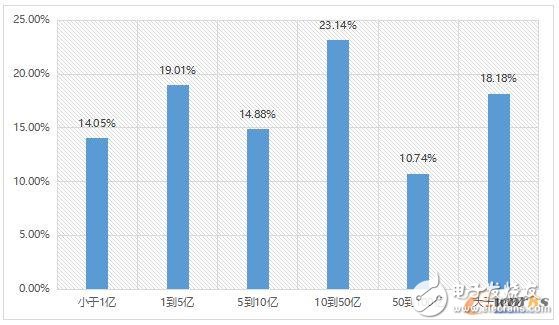
Figure 2 2016 corporate revenue analysis
According to the analysis of corporate revenue in 2016, among the enterprises participating in the survey, the largest number of enterprises with 10 to 5 billion, accounting for 23.15%. Secondly, there are between 1 and 500 million enterprises and enterprises with more than 10 billion, accounting for 19.01% and 18.18% respectively. From the results of data analysis, the company's revenue distribution is relatively balanced, so that the income range of different scales has a sufficient number of sample coverage, which ensures that the analysis results are closer to the actual situation.
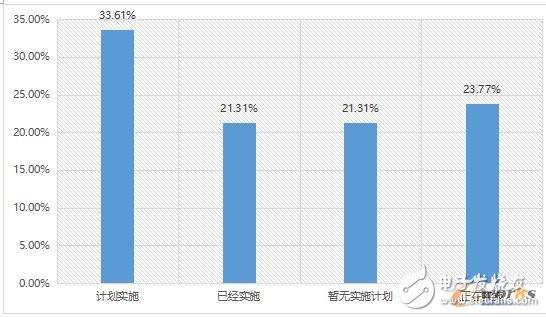
Figure 3 Industrial Internet of Things Implementation
Third, application analysis
An analysis of the implementation of the Industrial Internet of Things reveals that companies are currently more enthusiastic about the implementation of the Industrial Internet of Things. Only 21.31% of the companies participating in the survey did not implement any plans. Other companies have either implemented or are implementing or are implementing relevant implementation plans. The survey results fully demonstrate that the current promotion of industrial IoT planning and implementation is gradually becoming the focus of a new round of informationization or intelligent planning.

Figure 4 Implemented Industrial IoT Platform
In order to gain a deeper understanding of the current mainstream industrial IoT platform application in the enterprise, e-works has separately analyzed the enterprise data of the industrial IoT platform that has been implemented in the questionnaire. The results show that among the 17 alternative industrial IoT platforms, Siemens MindSphere platform has the highest implementation rate, accounting for 26.56%. Followed by the GE Predix platform, accounting for 9.38%. This fully shows that in the field of industrial Internet of Things, MindSphere and Predix are still dominated by the two platforms.
At the same time, combined with industry analysis, it can be found that in the enterprises that use the MindSphere platform, the industry coverage is more dispersed and the coverage is wider, while the industry that uses the Predix platform is more concentrated. Currently, it is mainly concentrated in the power, petrochemical and other industries. It can be seen that in the IoT application in the field of industrial control, Siemens MindSphere still dominates. In the public service industry, GE Predix has a comparative advantage.
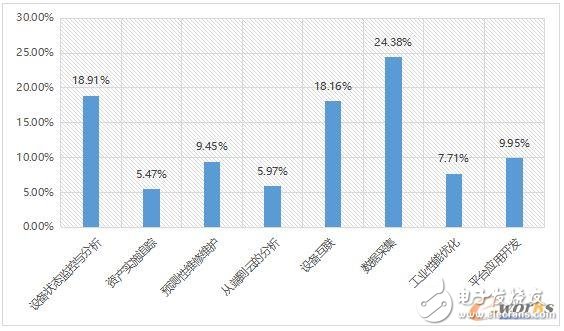
Figure 5 Industrial IoT Platform Features for Major Applications
The analysis of the status quo of industrial IoT platform function application can better understand the current enterprise IoT application requirements. By arranging the questionnaires, e-works found that the main purpose of deploying industrial IoT platforms is to solve the three problems of industrial equipment interconnection, industrial data collection and industrial equipment status monitoring and analysis. The survey results show that the companies that choose these three items account for 24.38% of data collection, 18.91% of equipment status monitoring and analysis, and 18.16% of equipment interconnection. The three items together account for more than 60%, which is the main functional option for enterprises to choose the industrial IoT platform.
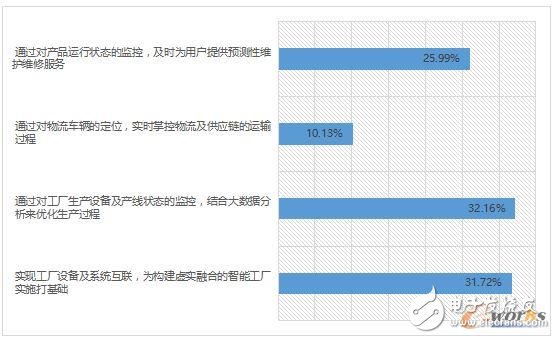
Figure 6 The main driving force for implementing the industrial IoT platform
With the acceleration of the transformation of Chinese manufacturing enterprises, the investigation of the main driving force for the implementation of the industrial IoT platform is conducive to a comprehensive analysis of the application needs of enterprises for industrial Internet of things in the process of enterprise transformation. From the survey results, companies are generally interested in the monitoring of plant equipment and production line status, as well as the use of industrial IoT to build a virtual factory. In the after-sales service, a large number of companies also hope to use industrial IoT technology to achieve real-time monitoring of product operation status, in order to provide customers with predictable maintenance and repair services.
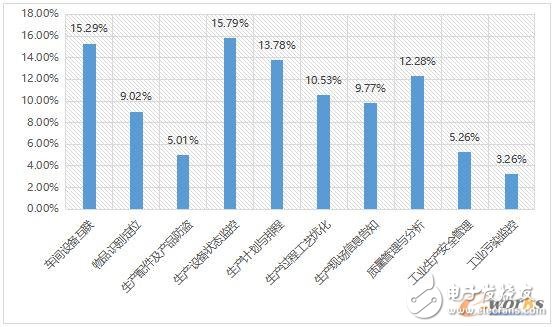
Figure 7 Using industrial IoT to address production management needs
What industrial management needs can be solved for the industrial IoT platform? In this regard, e-works listed 10 options in the questionnaire. The survey results show that the top five companies choose the most: production equipment status monitoring (15.79%), workshop equipment interconnection (15.29%), production planning and scheduling (13.78%), quality management and analysis (12.28%), Production site information (9.77%). It can be seen that the main purpose of the current enterprise deployment of the Industrial Internet of Things is to better control the information on the production site, thereby optimizing efficiency and improving product quality.
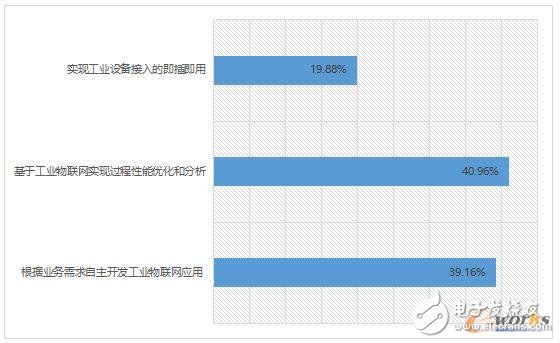
Figure 8 Industrial IoT applications that will be further deepened in the future
Whether to further deepen the application through the Industrial Internet of Things in the future. 40.96% of enterprises indicated that they should optimize and analyze process performance based on industrial Internet of Things. 39.16% of enterprises indicated that they should independently develop industrial IoT applications according to business needs, and 19.88% of enterprises should realize plug-and-play for industrial equipment access.
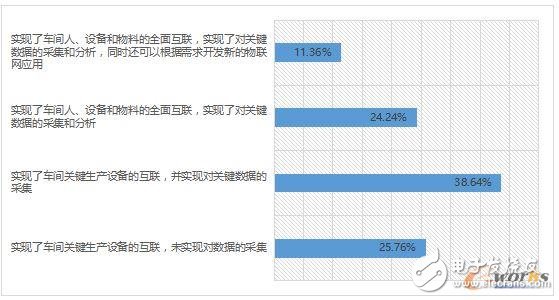
Figure 9 Industrial Internet of Things Application Level and Status
Through the investigation and analysis of the status of industrial IoT applications participating in the survey, 64.4% of the enterprises realized the interconnection of key production equipments in the workshop, but only 38.64% of the enterprises realized the collection of key data. 35.6% of enterprises realized the complete interconnection of people, equipment and materials, and realized data collection and analysis of key equipments, but only 11.36% of them can develop Internet of Things platform applications according to their own application requirements.
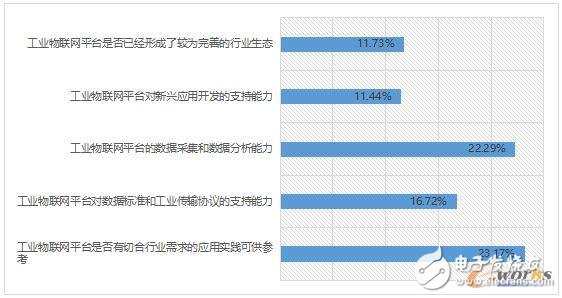
Figure 10 Industrial IoT Platform Selection Reference Elements
For the selection of industrial IoT platform, 23.17% of enterprises are most concerned about whether the vendor platform has industry application practices that meet the needs. Second, 22.29% of companies are concerned with the data collection and analysis capabilities of the Industrial IoT platform. Third, 16.72% of companies are concerned with the support of data standards and industrial protocols by the Industrial IoT platform.
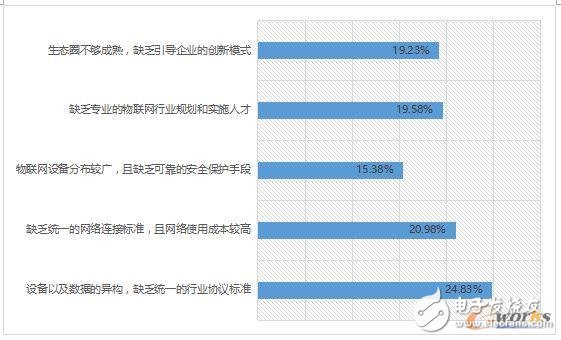
Figure 11 Problems in the application of industrial IoT platform
There are still problems in the current industrial IoT applications. The survey results show that the lack of a unified industry agreement and network access standards is the most concerned issue for enterprises, accounting for 45.81%. Secondly, the lack of professional IoT planning and implementation talents accounted for 19.58%. In addition, the IoT industry ecosystem is not mature enough, the lack of a bootable innovation model, and the lack of reliable security protection for IoT access devices have brought challenges to the enterprise's industrial IoT application process.

Figure 12 Future application planning of the Industrial Internet of Things
Planning for future industrial IoT applications. Among the enterprises participating in the survey, 43.9% of the companies indicated that the Industrial Internet of Things should be used as a key supporting technology and practical means to promote the construction of smart factories. Secondly, 33.54% of the companies indicated that they will use the industrial Internet of Things to realize the transformation from manufacturing to production service enterprises. 22.56% of companies said they want to build their own industrial IoT platform through cooperation with industry players.
Silver Zinc Battery For Aircraft
Ag Zn Battery,Ag-Zn Battery For Aircraft,Ag-Zn 45Ah Battery,Silver Zinc Battery For Aircraft
Henan Xintaihang Power Source Co.,Ltd , https://www.taihangbattery.com
